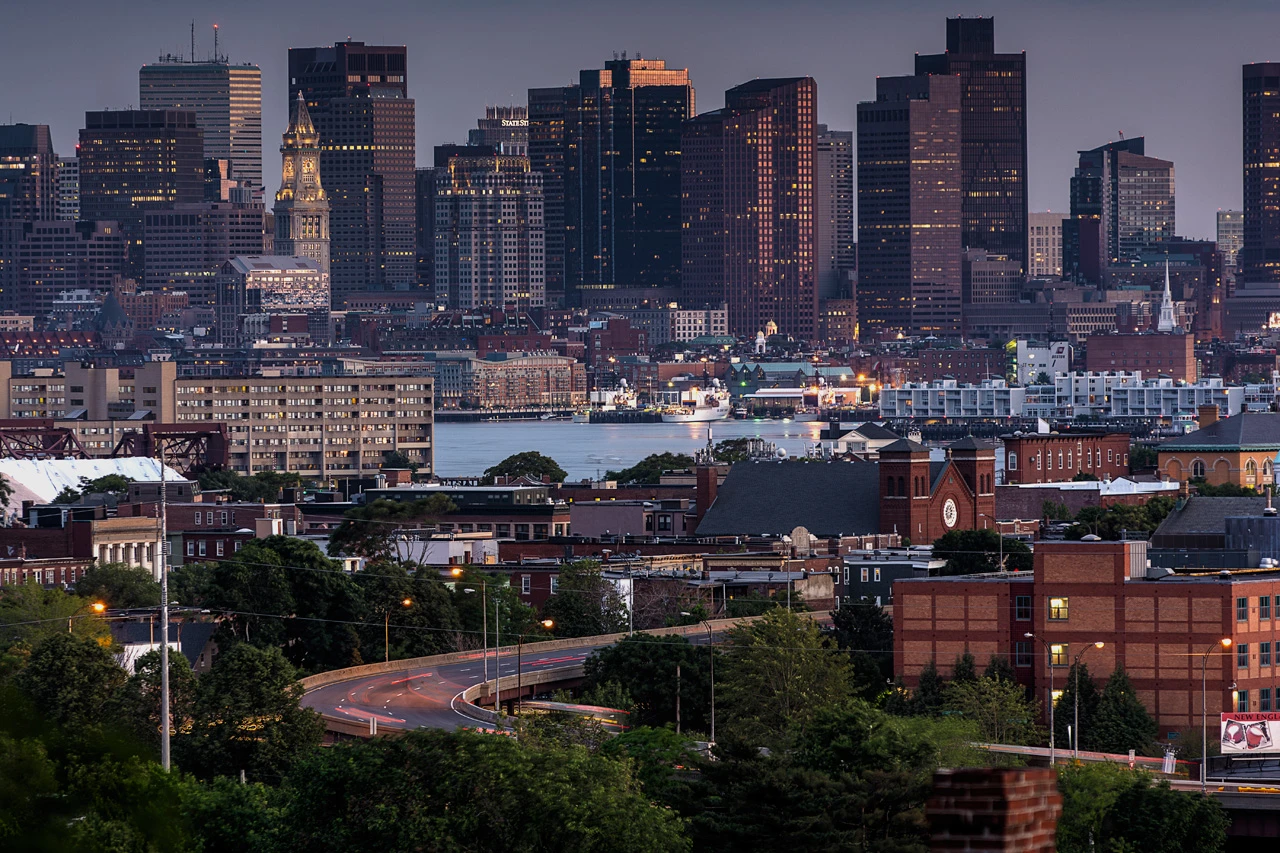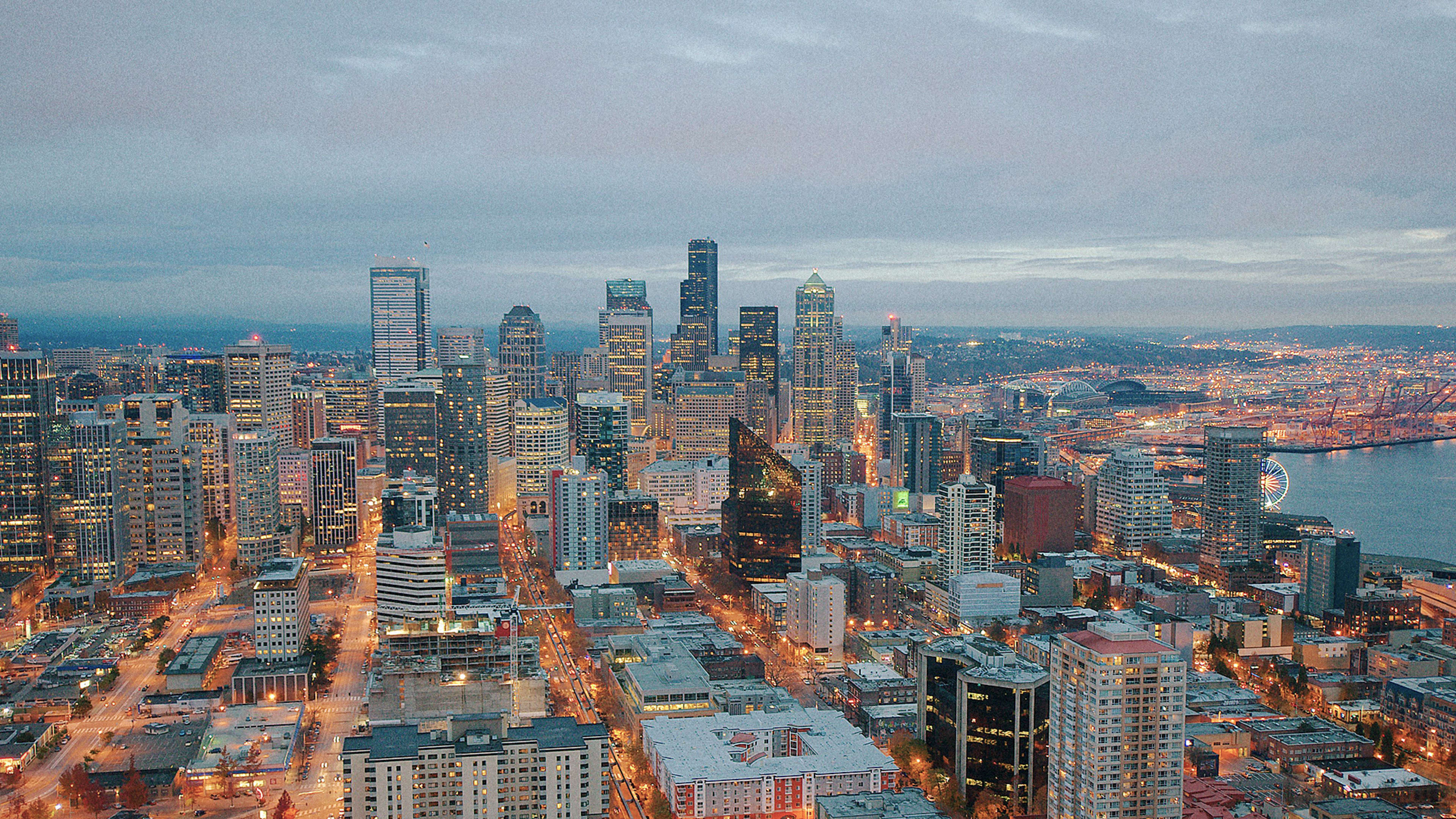In the 20 years since Joan Dunlap left her hometown of Mobile, Alabama, she lived all over the world–in Japan, New York, and Texas–and made a career as a successful executive in the finance and energy industries.
Now, she’s back in the place she grew up and in charge of a very different task: arranging the revitalization of some of the Mobile’s most neglected neighborhoods, working with the city’s new mayor. “People who live in this city really want it, want it badly. The will is there. Now it’s about the ‘how,'” says Dunlap.
On a recent Monday morning in March, Dunlap–the new director of the Mobile government’s innovation team–visited the elegant Upper East Side offices of Bloomberg Philanthropies, the charity of New York’s billionaire former mayor. Joined by both fresh faces to city government and seasoned veterans, she was there to get a lesson in civic innovation from the experts. In all, teams from 14 cities, from places both small and large and from all over the country (and two from Israel), were there. Each were recipients of new grants from Bloomberg’s innovation delivery program, a $45 million, three-year experiment in remaking how cities tackle intransigent urban problems.

Since leaving New York’s City Hall, Michael Bloomberg has made it his main business to give away his wealth. His foundation’s mission is rooted in his famous faith that city governments are the key to solving social issues that are local, national, and even global in scope. In that light, the foundation’s most important work might be its government innovation program, which focuses not on any particular issue, but on helping cities increase their capacity to tackle the big issues themselves.
“The imperative for local leaders to generate new ideas is huge and growing,” says Jim Anderson, director of Bloomberg’s government innovation program. “Governments need the dedicated capacity, the space, the risk capital, and the permission to generate bigger bolder solutions to public problems, to test those solutions, and to scale up those that work.”

This is where Bloomberg believes philanthropy can play a needed role, the foundation believes–helping governments try out risky, new ideas that taxpayers might be unhappy about funding, at least until they are proven to work.
Of course, the innovation delivery program isn’t a bold new idea itself. Each city appoints what Bloomberg calls an “innovation delivery director,” who creates a small team of consultants that work across all of a city’s sprawling departments and report directly to the city’s mayor. Their goal is to take on focused priority issues–such as crime rates, housing, or health–and, through a four-step, data-intensive process, get the ball rolling on new programs that other city departments will later manage. Within at most three years, the team is expected to move on to the next issue. This idea builds on what many mayors are already doing on their own in dozens of cities, establishing chief innovation officers and offices. The difference is that the Bloomberg program aims to create a simple, proven process that any city can easily adopt. The money also helps.
Even Boston, a city that has one of the longest-running civic innovation offices in the country–the office of New Urban Mechanics–is participating in this year’s new Bloomberg class. Thus far, like many city innovation initiatives, Boston’s work has been about “quicker hits” that are more experimental and technology-based, says Nigel Jacob, co-founder of the office. Armed with a $1.35 million Bloomberg grant over three years, the goal is to tackle more complex problems in more depth–”to take a more concentrated lens on this work,” Jacob says. Its first project will be a Housing Innovation Lab tasked with figuring out how to create the 53,000 units of housing that the new mayor has promised by 2030.

The 14 cities in the current class are actually the second cohort to go through the program, expanded from the first five cities that were funded in 2012. They were the test cases that the foundation has deemed a success: Atlanta’s team reduced homelessness, Chicago streamlined licensing for local business, Louisville sped up the rezoning approval process, New Orleans has started to lower its high murder rate, and Memphis figured out a new model for revitalizing neighborhoods. (All have decided to continue funding their innovation delivery offices in some form now that the Bloomberg grants are over.)
These experiences weren’t without their bumps, however. The Memphis team, for example, originally wanted to create a “retail strategy” that would boost local neighborhood economies, but realized that no city agency that could later take it on. In the end, it pivoted to think about it as small business assistance, a program that helped mom-and-pop retailers improve their stores.
Now 14 cities will take on new challenges. At the orientation meeting, they were introduced to Bloomberg’s four-step plan presented in a glossy “Innovation Team Playbook.” None of the steps are rocket science, but aim to guide cities to be methodical and inclusive. Cities that participate in this round will also receive coaching services in bi-weekly calls, and will learn to do things like generate hypothesis trees and run a crowdsourcing competition. Bennett Midland, a consulting firm hired by Bloomberg, will conduct the coaching and report back to the foundation.
Veterans of the program say that being an innovation team leader isn’t easy. They are expected to be “dexterous” and “empathetic,” especially because they need to make sure other city agencies buy-in to their plans from the beginning. Stepping on everyone else’s toes is not an option.

Bloomberg has also created other programs under its government innovation umbrella. The Mayor’s Challenge is a more flashy ideas competition with cash and publicity incentives that, according to Anderson, is about giving cities permission to “dream big.” The newest, announced in April, involves spending $42 million to provide 100 mid-sized cities with training and collaboration opportunities to “expand evidence-based governance.”
Behind all of this is an emerging philosophy that Bloomberg is at the forefront of promoting: That cities can collaborate and learn from each other to better solve common challenges, and that the process for urban innovation can be optimized, written down, and even made into a profession. All, of course, take the same data-driven approach its founder used to run New York’s sprawling bureaucracy.
But can there really be a formula for innovation? Can an idea that worked in Memphis work the same in Mobile? Probably not always, but cities are open to having a process they know can work. “The city has jumped to a lot of solutions in the past, and obviously the right kind of progress hasn’t been made,” says Dianne Irby, an official in Mobile’s city government who attended the Bloomberg meeting with Dunlap. “Having this kind of methodology really mattered to [the Mayor].”
It’s also tricky exactly what you define as innovation. Many of the challenges the innovation delivery offices are tackling are large, sprawling problems that have been urban challenges for decades. Their new ideas–such as stepping up gang violence prosecutions to reduce murder rates–aren’t always so new, though they may be new to that particular city. “I think innovation is just a word for trying to do the things government always done and do it in the best way possible within the realities and constraints and opportunities in 21st-century governments,” says Hollie Russon-Gilman, a civic innovation fellow at the New American Foundation who isn’t involved in the Bloomberg program.

Ben Hecht, CEO and President of Living Cities, a nonprofit that works with Bloomberg Philanthropies and also runs its own municipal incubator program, compares today’s moment to the early 20th century, when the Rockefeller Foundation basically built the field of public health from scratch through its funding programs.
“What you’re seeing is the beginning of this field. Part of that is people identifying themselves as in the field: ‘I am a municipal innovator,’” he says. “But if everyone has to come up with their own principles, then the entry costs are too high. You want to create something to be a commodity, which means you don’t have to customize it like a fine Italian shoe and figure it out yourself every time.”
Dunlap will have her chance to change the city in the next few years. “When I came back [to Mobile], it was like a time capsule,” she says. “Many problems plagued the city when I was living there. It was very apparent that they had not been solved.”
Recognize your brand’s excellence by applying to this year’s Brands That Matter Awards before the early-rate deadline, May 3.




















